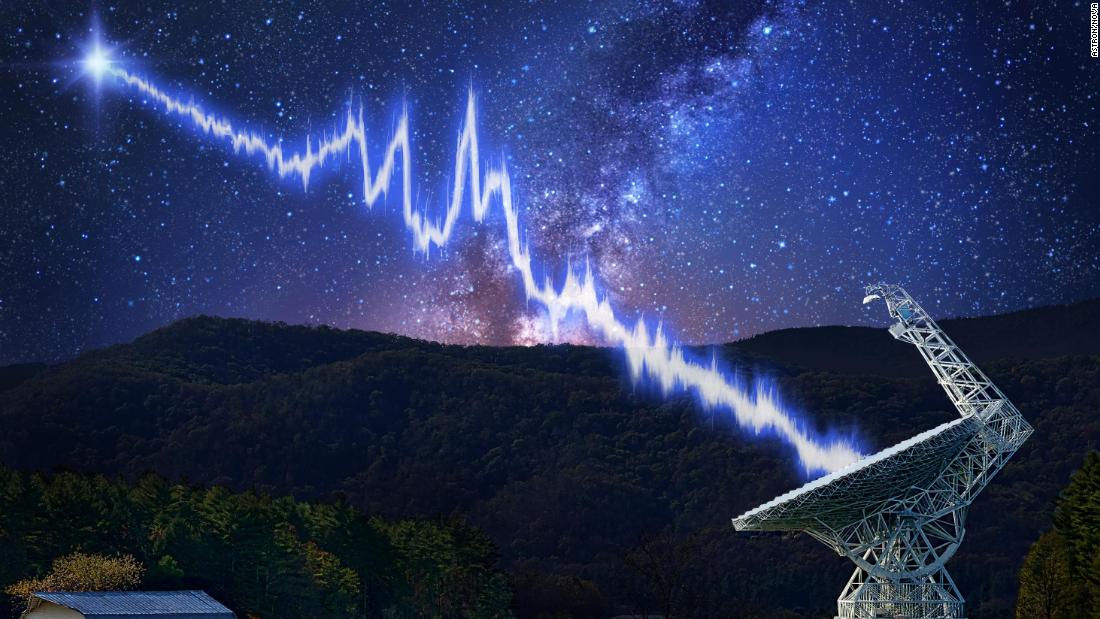
Deep Space Radio Signals: Unraveling the Mystery
By Adedayo Oyetoke, Published on: June 8th 2023 3 min, 590 word Views: 1198
Headlines about "strange radio signals coming from deep space" often capture attention, but the truth that radio waves, a type of energy or light naturally produced throughout the cosmos, are constantly bombarding our planet. These radio waves are not attempts at intergalactic communication but rather reveal fascinating, distant events that we can't otherwise observe, such as exploding stars or black holes consuming cosmic dust.
Yvette Cendes, an astronomer and postdoctoral fellow at the Harvard-Smithsonian Center for Astrophysics, explains that astronomers have been telling people for decades that these signals are not from aliens. Radio waves often come from distant galaxies, many light-years away, and require massive antennas to detect them.
These radio waves reveal significant events in our galaxy and beyond. Poonam Chandra, an astronomer at the National Radio Astronomy Observatory, emphasizes that while the sky may appear calm, extremely energetic phenomena are taking place in the universe when viewed through radio waves.
Astronomers use radio dishes to collect signals, allowing them to view far-off objects or events. Different cosmic events emit different radio waves, so astronomers can "tune in" to various channels that broadcast different cosmic occurrences.
Some common objects or cosmic events that produce radio waves include:
1. Active galactic nuclei (AGN): Supermassive black holes at the center of galaxies emitting intense energy.
2. Gigantic space explosions: Massive stars that explode in events called supernovae and gamma-ray bursts.
3. Star formation: Astronomers can study how stars form in other galaxies by tuning into radio waves emitted during their formation.
4. Fast radio bursts (FRBs): Pulses of radio waves that last milliseconds, likely originating from magnetars, a type of neutron star.
5. Pulsars: These are rapidly rotating neutron stars that emit beams of electromagnetic radiation, including radio waves. By observing pulsars, astronomers can learn more about the properties of neutron stars and the extreme conditions they experience.
6. Interstellar medium: Radio waves can provide information about the interstellar medium, the matter and radiation that exists between star systems in a galaxy. This includes gas, dust, and cosmic rays, which can all emit radio waves. Studying the interstellar medium helps astronomers understand the processes that lead to star and galaxy formation.
7. Cosmic microwave background (CMB): The CMB is the thermal radiation left over from the Big Bang. It is a faint glow of radio waves that fills the universe and provides crucial information about the early universe's conditions and the formation of cosmic structures.
8. Gravitational waves: Although not directly detected through radio waves, the study of radio waves from pulsars can help astronomers indirectly detect gravitational waves. These ripples in spacetime are caused by massive objects accelerating through space, such as merging black holes or neutron stars.
As we continue to explore the universe through radio waves, we can expect to uncover new insights into the nature of the cosmos and its various phenomena. While these signals may not be from aliens, they offer a wealth of information about the universe's history, evolution, and the processes that shape it.
Radio waves have played a crucial role in advancing our understanding of the universe. By studying these waves, astronomers can gain insights into various cosmic phenomena that would otherwise remain hidden from our view. As technology continues to improve, our ability to detect and analyze radio waves will only grow, allowing us to delve deeper into the mysteries of the cosmos.
Radio waves are not mysterious but rather revealing, helping us understand the formation of galaxies and stars and shedding light on our own cosmic story. As Chandra puts it, "They're not aliens, but they're equally exciting."
